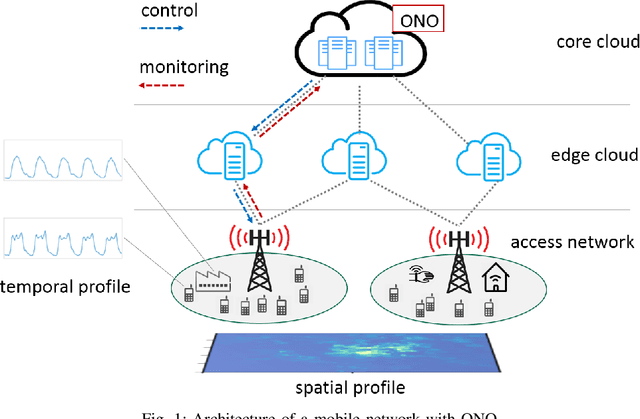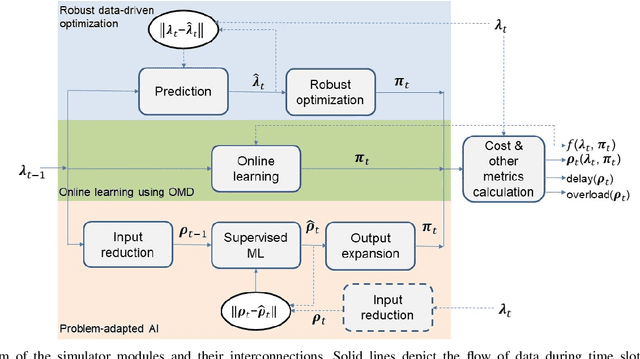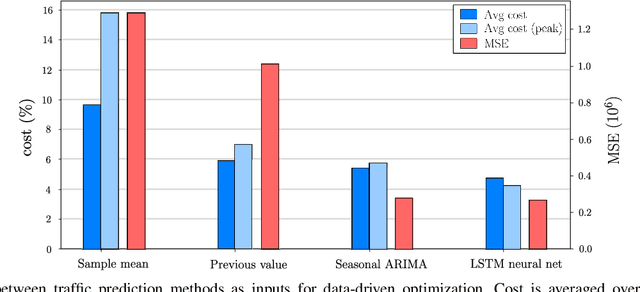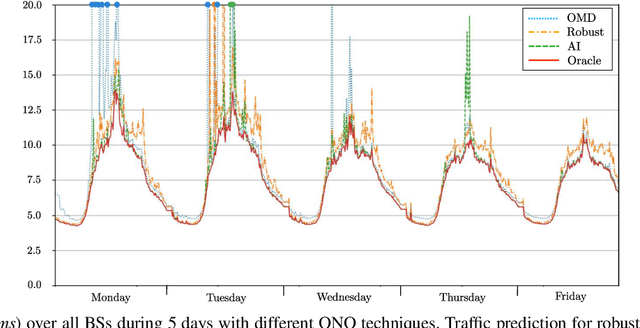Luigi Vigneri
Model-Driven Artificial Intelligence for Online Network Optimization
May 30, 2018



Abstract:Future 5G wireless networks will rely on agile and automated network management, where the usage of diverse resources must be jointly optimized with surgical accuracy. A number of key wireless network functionalities (e.g., traffic steering, energy savings) give rise to hard optimization problems. What is more, high spatio-temporal traffic variability coupled with the need to satisfy strict per slice/service SLAs in modern networks, suggest that these problems must be constantly (re-)solved, to maintain close-to-optimal performance. To this end, in this paper we propose the framework of Online Network Optimization (ONO), which seeks to maintain both agile and efficient control over time, using an arsenal of data-driven, adaptive, and AI-based techniques. Since the mathematical tools and the studied regimes vary widely among these methodologies, a theoretical comparison is often out of reach. Therefore, the important question "what is the right ONO technique?" remains open to date. In this paper, we discuss the pros and cons of each technique and further attempt a direct quantitative comparison for a specific use case, using real data. Our results suggest that carefully combining the insights of problem modeling with state-of-the-art AI techniques provides significant advantages at reasonable complexity.
 Add to Chrome
Add to Chrome Add to Firefox
Add to Firefox Add to Edge
Add to Edge